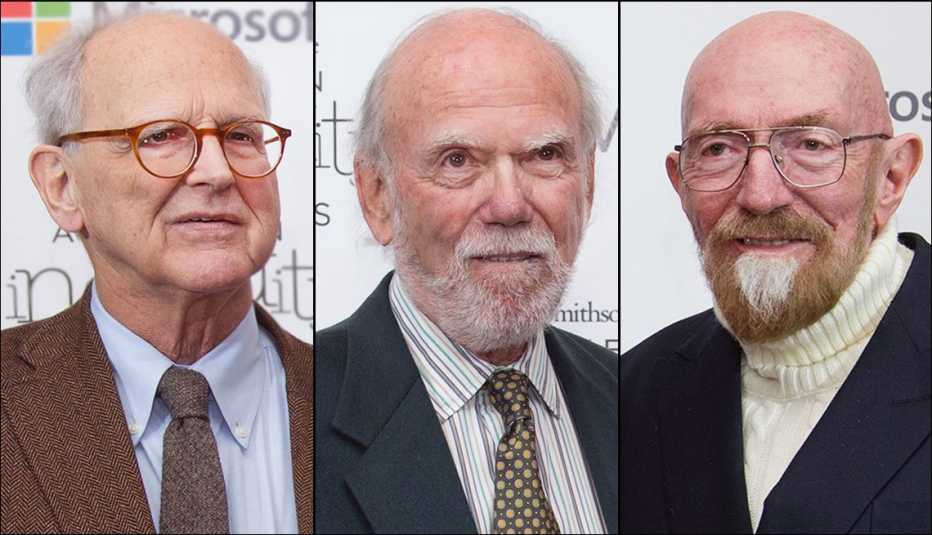Staying Fit


While their discoveries span topics as diverse as circadian rhythms and spacetime, the Americans winning Nobel prizes in the sciences this week are unified not only in their brilliance, but also in their ages.
Ranging from 68 to 85 years old, the silver-haired scientists now exchanging their millions in Swedish kronor were not all being celebrated for discoveries made years ago, in their relative youth. In fact, it was just two years ago that the Americans who share the physics prize detected their paradigm-changing gravitational wave, after hearing the faint reverberation of two black holes colliding 1.3 billion years ago. And they did so at the mature ages of 75, 79, and 83. So much for Einstein’s promise that “a person who has not made his great contribution to science before the age of 30 will never do so.” (He also thought no one would ever be able to measure gravitational waves, though his own theory of relativity posited them.)


AARP Membership— $12 for your first year when you sign up for Automatic Renewal
Get instant access to members-only products and hundreds of discounts, a free second membership, and a subscription to AARP the Magazine.
Einstein nabbed his physics prize at 42; Marie Curie at 36 (she also received another, in chemistry, at 44.) If it seems these days that such geniuses keep getting older and older, well, they do. Bruce Weinberg, an economist at Ohio State, coauthored a study that looked at when Nobel laureates in physics did their prizewinning work. That age was 40 in 1905, 48 by 2008, and today, it’s slightly over 50 — a fact that challenges the conventional wisdom “that scientists become less creative and less innovative as they age,” he notes.

































































More on politics-society
Slow Down the Aging Process
A Nobel Prize-winning biologist reveals why our telomeres matter